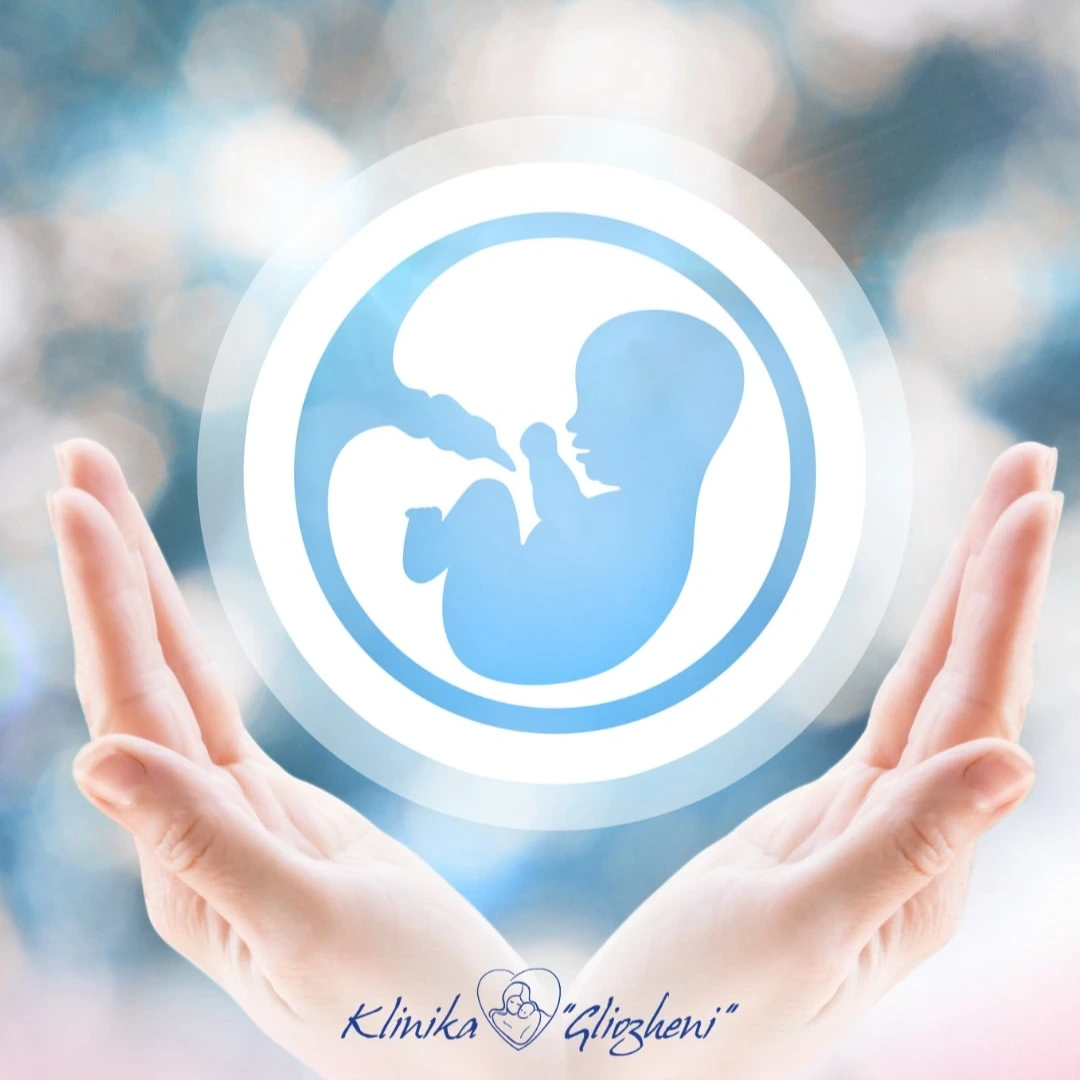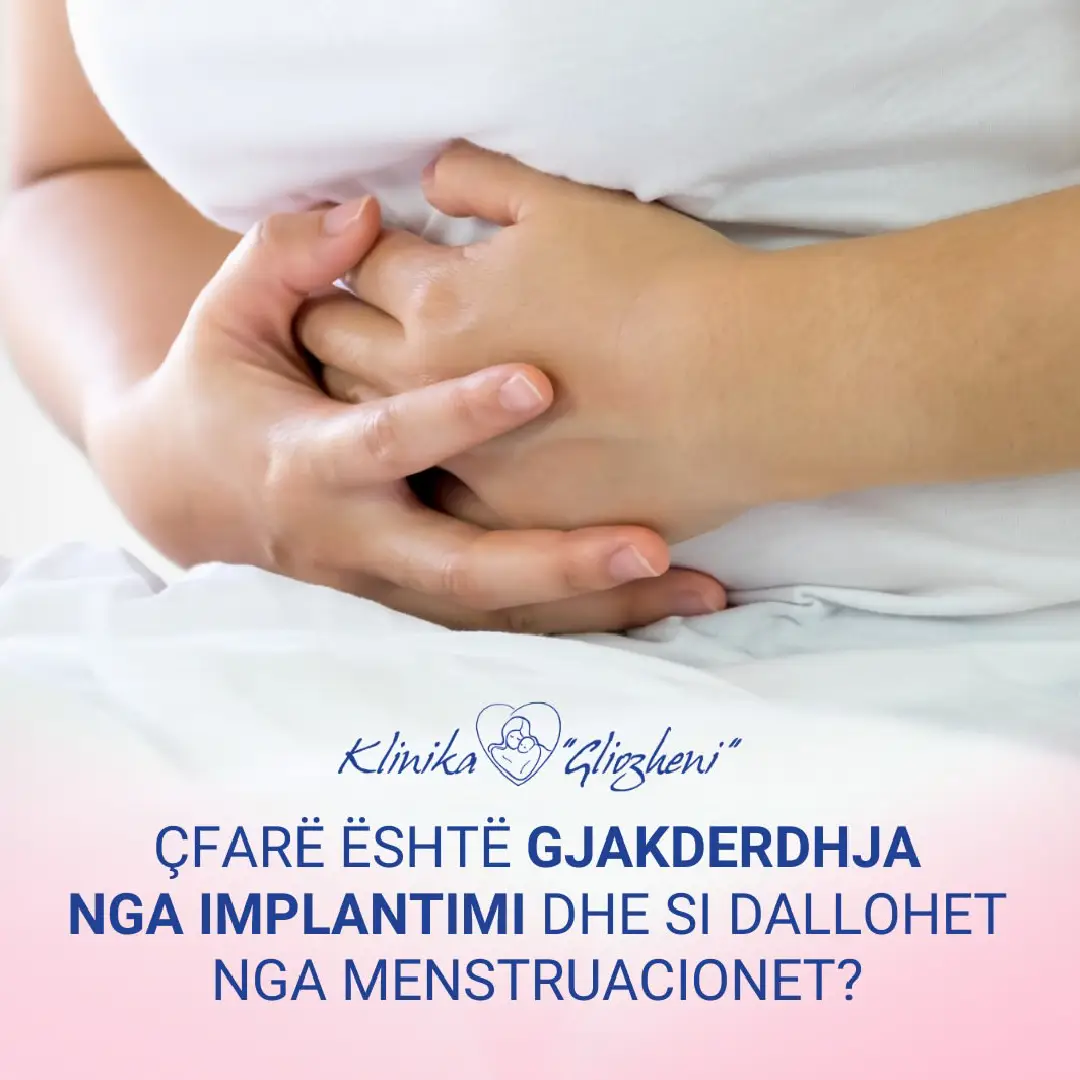That pulsating pain behind your eye, the sensitivity to every light and sound, and the feeling that the only thing you want is a dark, quiet room. If this scenario repeats like clockwork every month, right before or during your cycle, then you’re not just experiencing a common headache. Most likely, you are dealing with what is known as a hormonal migraine, a phenomenon closely linked to the complex hormonal changes that occur in your body every month.
Let’s shed some light on this connection and understand why your body reacts this way and how you can find relief.
What is a Hormonal Migraine?
A hormonal migraine is an intense headache, often described as pulsating, that appears specifically before, during, or immediately after menstruation. Unlike a tension headache, it lasts longer, from a few hours to three days, and is often localized to just one side of the head. The accompanying symptoms can make it even more difficult to cope with: high sensitivity to light (photophobia), noise (phonophobia), nausea, and sometimes even vomiting. Some women may also experience ‘aura,’ visual disturbances like flashing lights or blind spots, just before the pain begins. The main cause of this monthly episode? Fluctuations in female hormones, especially estrogen.
The main culprit: The sudden drop in estrogen
In the days before the start of the menstrual cycle, levels of the hormones estrogen and progesterone drop significantly. This sudden drop in estrogen is one of the main triggers for activating a migraine. The connection is complex and multi-layered:
- Impact on blood vessels: Estrogen helps maintain the elasticity and regulation of blood vessels in the brain. Its rapid decline can cause them to spasm or dilate, leading to severe pain.
- Interaction with Serotonin: Estrogen closely influences brain chemicals like serotonin, which plays a key role in regulating mood and pain. When estrogen falls, serotonin levels can also decrease, making the nervous system more prone to activating the neural pathways that cause migraines.
- Increased sensitivity to pain: When estrogen levels are low, the brain becomes more sensitive to pain stimuli, making headaches feel stronger and harder to tolerate.
Other “hot spots” during the cycle
For some women, the premenstrual period is not the only difficult time. Ovulation, which occurs around the middle of the cycle, can be another “hot spot.” During this phase, estrogen rises significantly and then falls, and it is this double fluctuation that can be enough to trigger a migraine episode.
Moments of calm: When hormones are in balance
Fortunately, there are also periods when the body finds some hormonal tranquility. The phase after menstruation, when estrogen begins to rise gradually, or the second phase of the cycle, when progesterone reaches its peak, can be associated with fewer headaches. Also, many women report a significant improvement in migraines during the second and third trimesters of pregnancy, when estrogen levels are consistently high and stable.
How “Gliozheni” clinic can help you
Understanding your body is the first step, but effectively managing hormonal migraines requires a professional, scientific, and personalized approach. A headache that affects your quality of life, forces you to miss work, or causes you to lose precious moments should not be ignored.
At the “Gliozheni” Gynecological Clinic, we offer a complete approach to diagnosing and treating problems related to hormonal imbalances. Our services include:
- Specialized and in-depth consultation: This is not a rushed visit. We take the time to listen to your full medical history, lifestyle, and the specific pattern of your symptoms. We believe the key to treatment begins with a deep understanding of the patient.
- Accurate and complete diagnosis: Through modern technology, we perform a full evaluation. This may include specific tests to measure levels of estrogen, progesterone, FSH, and LH at different stages of your cycle, as well as a gynecological ultrasound to rule out other causes.
- Personalized treatment plan: There is no one-size-fits-all solution. Based on your diagnosis, we design a unique treatment plan that can range from nutritional counseling and natural supplements to low-dose hormone therapy or specific oral contraceptives that help stabilize fluctuations. Our goal is to find the solution that works best for your body and lifestyle.
- Continuous follow-up and counseling: Your health is a journey, not a destination. We accompany you throughout the process, monitoring your progress and adjusting the treatment as needed to ensure you feel better in a sustainable way.
Our specialized team is dedicated to helping you regain control and live without the limitations that hormonal migraines bring.
Don’t let pain dictate your days. Contact us today to schedule an appointment and take the first step towards a better, pain-free life.






